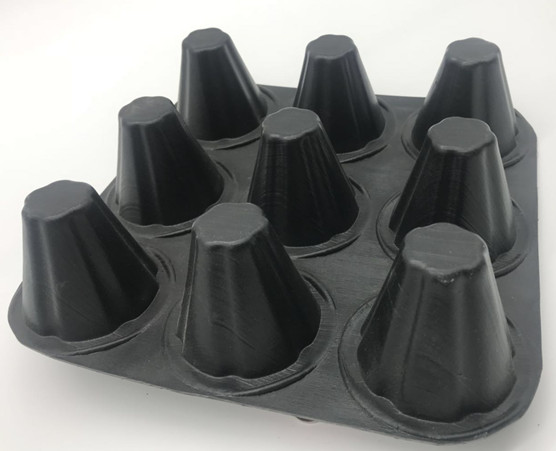It is mainly used in: seepage prevention of earth-rock dams, rockfill dams, stone masonry dams, concrete dams, tailings dams, sewage reservoir dams, channels, reservoirs, etc., seepage prevention linings of subways, basements and tunnels, road and railway foundations The anti-seepage, sanitary waste landfills are used with geotextiles such as filament geotextiles and bentonite waterproof blankets.
Waterproof board is also called geomembrane. It is customary to call geomembrane ≥0.8mm thick as waterproof board, and geomembrane less than 0.8mm is called geomembrane. It is an impermeable material made of high molecular polymer as the basic raw material. Homogeneous waterproof board and composite waterproof board.
The waterproof board has a width of 4-6m and a weight of 200-1500g/m². It has high physical and mechanical properties such as tensile resistance, tear resistance, and burst resistance. The product has high strength, good elongation, large deformation modulus, and acid resistance It has the characteristics of alkali, corrosion resistance, aging resistance, and good anti-seepage performance. It can meet the civil engineering needs of water conservancy, municipal administration, construction, transportation, subway, tunnel, and engineering construction such as seepage prevention, isolation, reinforcement, crack prevention and reinforcement. Because of its selection of polymer materials and the addition of anti-aging agents in the production process, it can be used in unconventional temperature environments. This kind of waterproof board is often used for anti-seepage treatment of dams, drainage ditches, and anti-fouling treatment of waste yards.
